BTS of Working With An Illustrator on My Fourth Picture Book
Did you know the author and illustrator often don't talk to each other?
If you’ve been following along on my personal Instagram or Substack Notes, you know I recently received the final copy of my fourth children’s book, Your Worth Never Wavers, in the mail. Seeing the finished book after working on it for 2.5 years is always a thrill—and this one was no exception.
The words I keep hearing from friends I’ve shown it to? “Visually stunning.” And they’re right. All credit goes to my brilliant illustrator, Sarah Ugolotti, who brought the words to life with warmth and beauty.
Since we’re all into kidlit here, I thought it’d be fun to take you behind-the-scenes of how my illustration process typically works with a traditional Christian publisher. Please know ahead of time—I’m a little … bananas around illustration. I care A LOT. Probably more than a typical author. But if you’ve been around here for a while, you know I believe illustrations are just as important as the manuscript, and that authors would do well to spend more time on this step.
So please! Steal my process!
Step 1: Mood Board
I always begin by creating a mood board. I pulled images from the illustrator I’m working with (to reinforce that I love their style) and mixed in a few others to give a broader visual direction. I always include this in my book proposal too, so the agent/editor has an idea of what I’m thinking. (psssst. If you want help on developing your proposal with tips like this, be sure to hop on the The KidLit Pitch Kit waitlist!)
Here’s the board I made for Your Worth Never Wavers:
Step 2: Illustration Notes
Next, I wrote illustration notes directly in the manuscript, using italics to mark each spread—something like this:
Step 3: Character List
Then, since this particular book had the opportunity for lots of different characters, I made a big old list of what I wanted to see represented, and barring a couple specific notes, let the illustrator have free reign on where each one was illustrated. The list looked like this:
Side Note You Might Find Interesting: One thing that always blows people’s minds when it comes to most traditionally published children’s books: I never actually speak to the illustrator. All communication goes through the editor. This was how it was for 3 of my 4 children’s books. Wild, right?
At first, I really bristled at this, feeling like the publisher didn’t trust me and that we could get a way better product if I could just have direct communication. But it’s more for the protection of the relationships. I’ve gotten used to it and it seems that as long as I’m very clear and organized in writing about what I’d like to see, it generally gets across. This is why I’m so detailed at the start.
Step 4: The First Sketch
Okay, once all my notes were over to the illustrator, the first thing I got back was a single sketch, like this:
It’s important to take a lot of time for feedback on this sketch, because once it’s approved, that illustrator runs like a rocket through the rest of the sketches and does them all in a similar way. You’ll still have a chance to edit, but it’s much easier if you catch the major things at the very beginning.
Step 5: Full Sketches
Soon after, I received the full book in sketches. This is where things started to feel real! You can see the pacing, flow, and rhythm of the visual story. (The yellow boxes are my editing comments.) I went through it about 5-6 times and also asked a friend or two to take a peek and offer their feedback.
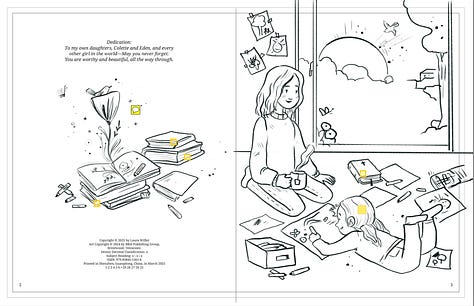
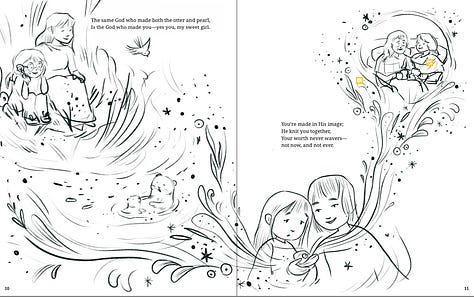
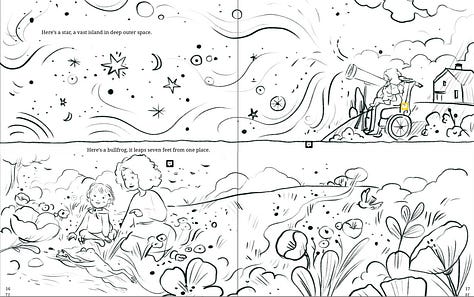
Step 6: Color & Palette
After the sketches were finalized, we began talking color. I went back to my mood board and brainstormed words that captured what I wanted the palette to evoke—things like soft, feminine, colorful, textured. As we got deeper into illustration discussions, we also decided we wanted a bit brighter colors than the mood board conveyed too, but still in the same vibes.
Sarah then colored in one spread as a sample, and the Art Director added the text, so I could see how it all fit together.
Immediately I knew it was perfect so I gave her the green light to do the rest of the spreads. They came a few at a time for review, and soon, I had the whole PDF in my email inbox.
Step 8: Review and Revisions
On each colored spread, I took a lot of time to comb through every illustration. I looked for any accidental mistakes or strange looking areas (proportions are always tough!), suggested details like adding in my past books as Easter Eggs, noted an area that could use more stars, or making the snowflakes unique from one another instead of all the same. I went through it probably another 5-6 times leaving comments with detailed edits, and also ask a couple artistically-inclined/detail-oriented friends to look at it too.
Once I had the edits, I sent them back to the publisher who sent them to the illustrator, and then she turned around a final PDF for one final review.
At this point, small tweaks can be made, but small is the key word.
Step 8: Off to Print
Once you give final approval, it’s off to the printer—which is always a little stressful—I just hold my breath and give it to God.
A few months later, I finally held the book in my hands:
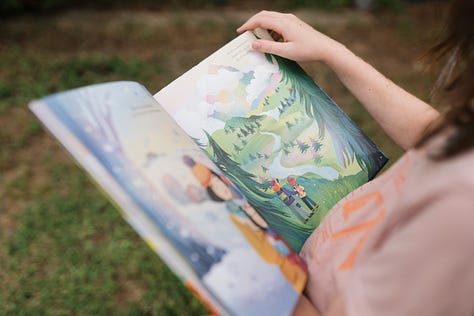

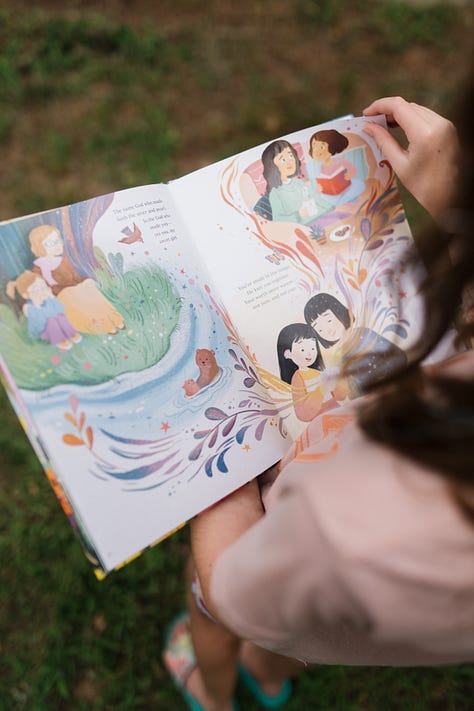
Incredible, right?
I hope this was a helpful BTS for you! The illustration is such an important part of any book and the process is so fun.
If you're dreaming of seeing your book in print one day, I created something to help you get started: The KidLit Pitch Kit. It’s the exact annotated proposal and query that helped me land multiple book deals—with step-by-step guidance so you can pitch your own work with confidence and clarity and know exactly who to send it to. Whether you’re just beginning or finally ready to take the leap, the Pitch Kit is here to walk you through it. 👉 Join the waitlist here.
Writing together,
Laura + The KidLit Lab Team



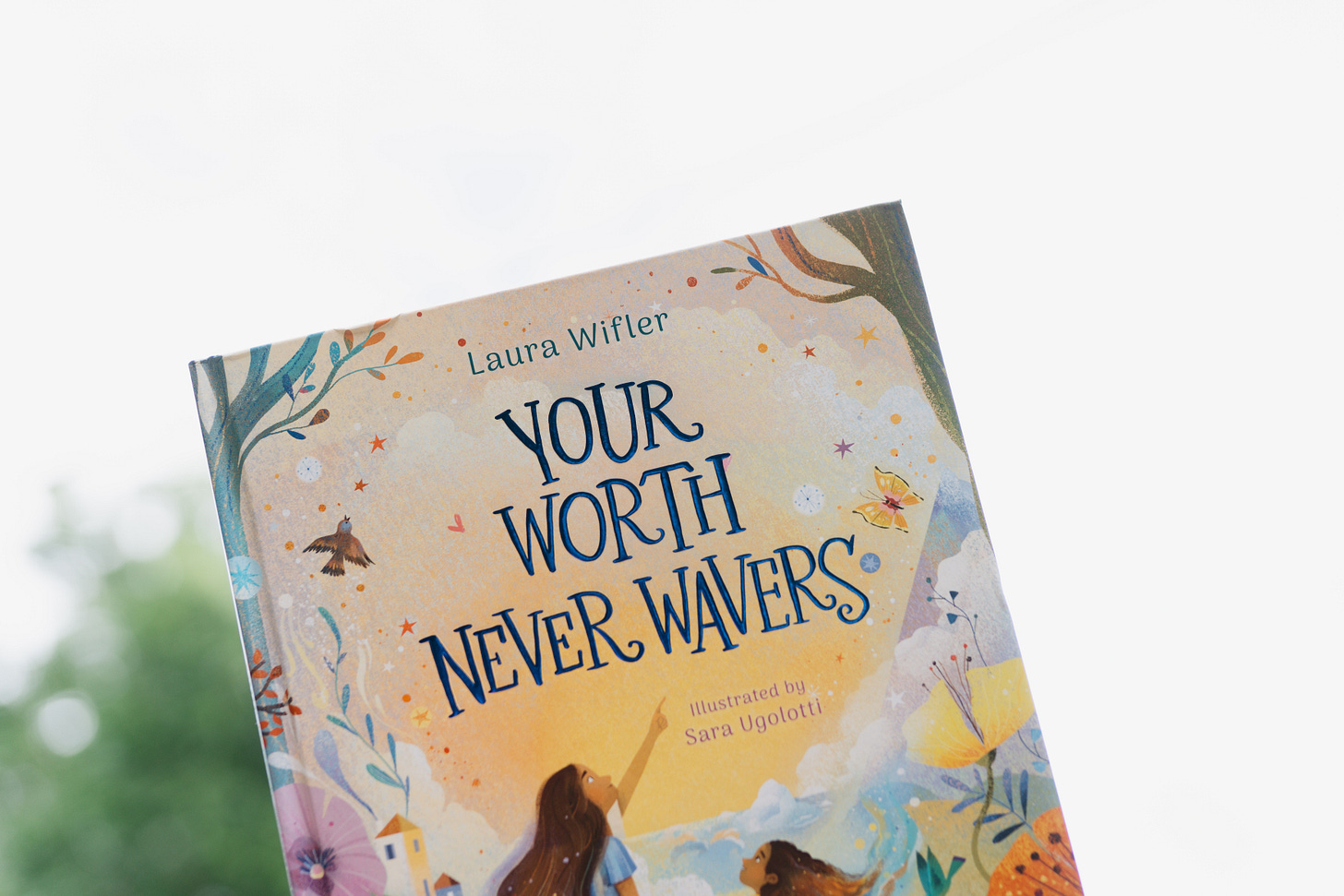


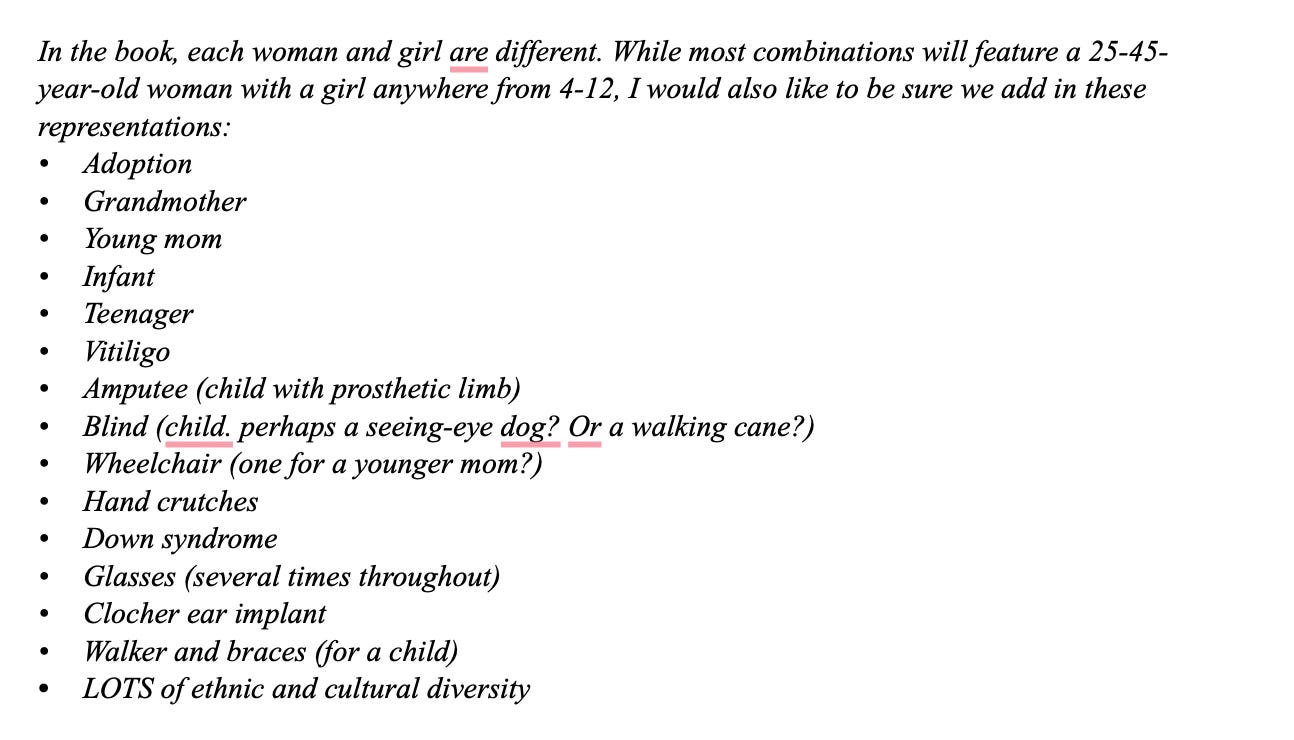
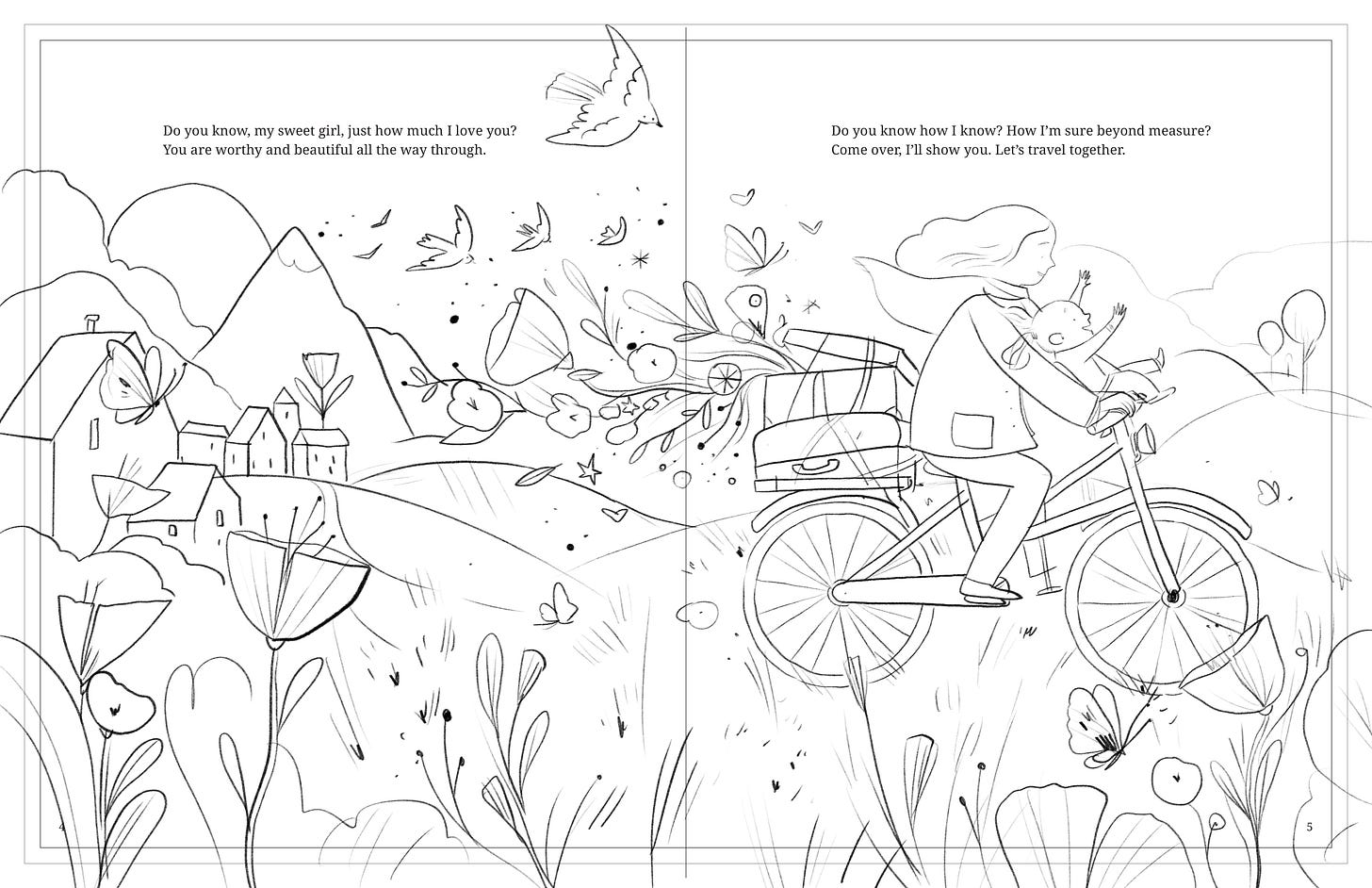
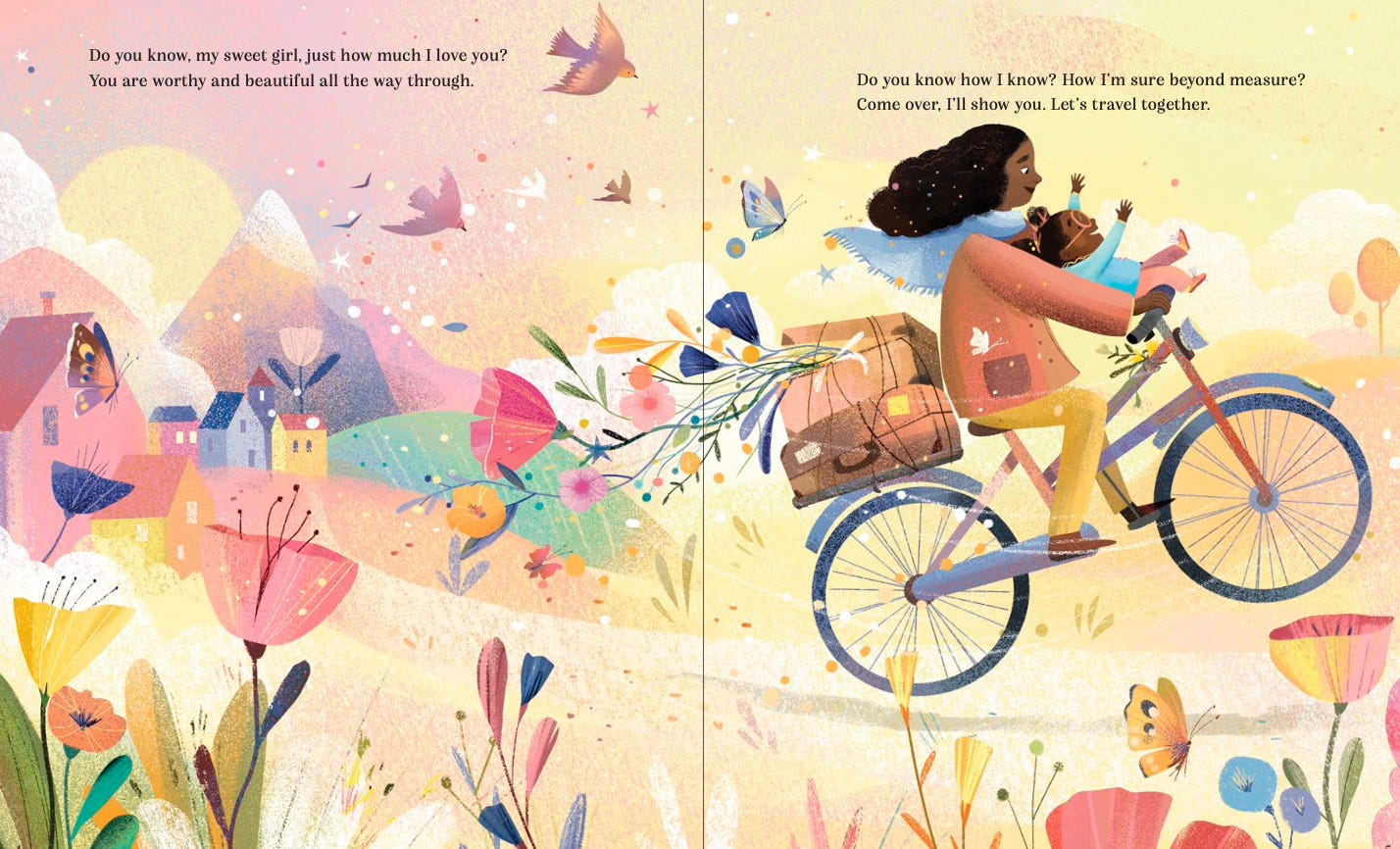
I have a book in mind but the illustrations are so integral I would be very picky as well. It really can make or break a book. This was a fascinating and helpful read.
I love getting to see your process! Also, the illustration are stunning! What a lovely children’s book!